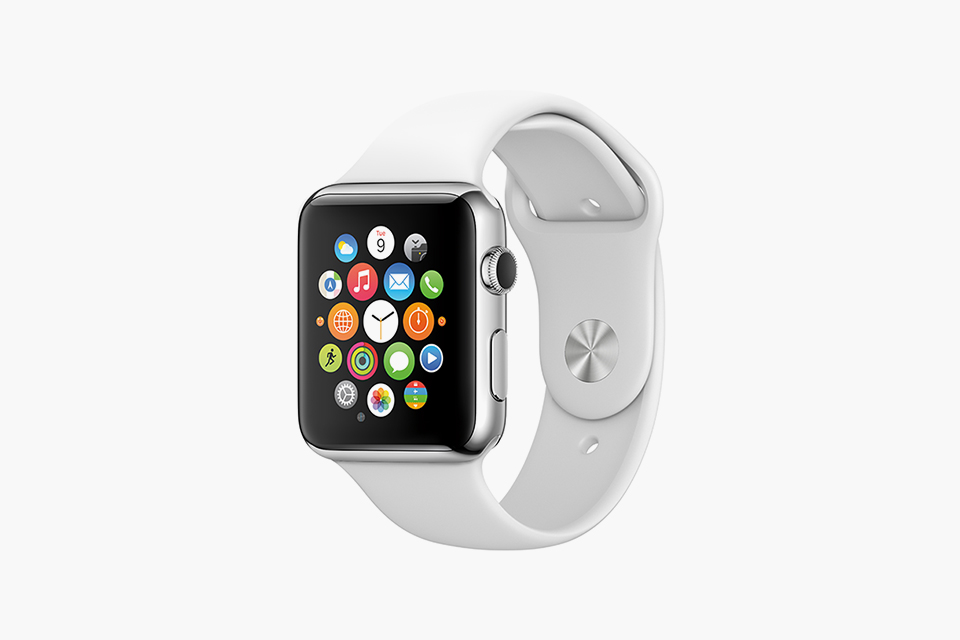
An inconclusive result may occur if there is presence of arrhythmias other than AFib, presence of an ICD or pacemaker, or poor electrical signal, which can result from right axis deviation. The ECG app then provides a result of sinus rhythm, atrial fibrillation, atrial fibrillation with high heart rate, inconclusive, or poor recording, and prompts the user to enter any symptoms such as rapid or pounding heartbeat, dizziness, or fatigue. The ECG app uses the electrical heart sensor built into the Digital Crown and the back crystal to record a single-lead ECG similar to a Lead I ECG. This real-world data can enable you to make more informed and timely decisions regarding further evaluation and care. With the ECG app, patients who experience symptoms such as rapid or skipped heartbeat, or receive the irregular rhythm notification, can capture an ECG and record their symptoms. Learn more about irregular rhythm notifications The irregular rhythm notification feature received 510(k) clearance from the FDA for users 22 years and older with no prior history of AFib.

#Apple watch series 1 gesundheit Patch
In a clinical study using an FDA‑cleared patch ECG as a reference device, the irregular rhythm notification feature demonstrated a sensitivity of 88.6% and a detection specificity of 99.3%. If the algorithm repeatedly detects an irregular rhythm suggestive of AFib, your patient will receive a notification and the date, time, and beat‑to‑beat heart rate will be recorded in the Health app. Irregular rhythm notifications use the optical heart sensor to detect the pulse wave at the wrist and look for variability in beat‑to‑beat intervals when the user is at rest. This feature won’t detect all instances of AFib, but may catch something that can provide your patients with an early indication that further evaluation may be warranted. The irregular rhythm notification occasionally checks for signs of irregular rhythms that may be suggestive of atrial fibrillation (AFib).


 0 kommentar(er)
0 kommentar(er)
